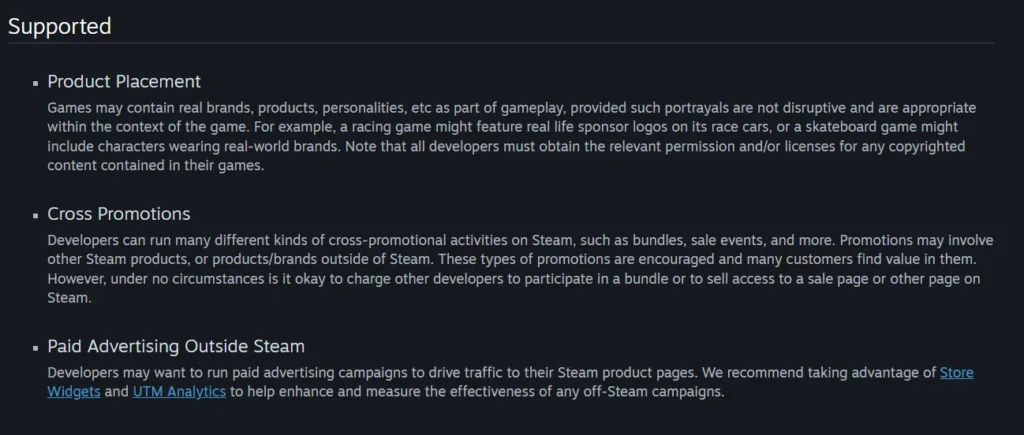In a significant move to enhance user experience, Valve has updated its Steam platform policies to ban games that require players to watch advertisements to continue playing. This decision aims to prevent mobile-style advertising practices from infiltrating the PC gaming market.
New Advertising Guidelines
Valve’s revised guidelines explicitly state that developers should not utilize paid advertising as a business model in their games. This includes requiring players to watch or engage with advertisements to play or gating gameplay behind advertising. Developers are encouraged to remove such elements before releasing their games on Steam.


Permitted Advertising Practices
While forced advertisements are prohibited, Valve still allows certain advertising methods:
- Product Placement: Incorporating real-life products, such as brand names on clothing or sponsors on racing vehicles, is permitted.
- Cross Promotions: Developers can run promotional bundles or sales events, provided they do not require other developers to pay to participate.
- Paid Advertising Outside Steam: Developers are free to advertise their games outside of Steam to drive traffic to their store pages.
These methods offer flexibility for developers to monetize their games without compromising the player experience.
Alternative Monetization Strategies
Valve suggests developers consider alternative monetization models, such as switching to a single-purchase ‘paid app’ or making the game free-to-play with optional upgrades sold via microtransactions or downloadable content (DLC). This approach ensures that players have more choices regarding when and how they want to spend their money.
By implementing these new rules, Valve aims to maintain a user-friendly environment on Steam, ensuring that players can enjoy games without unwanted commercial interruptions.



